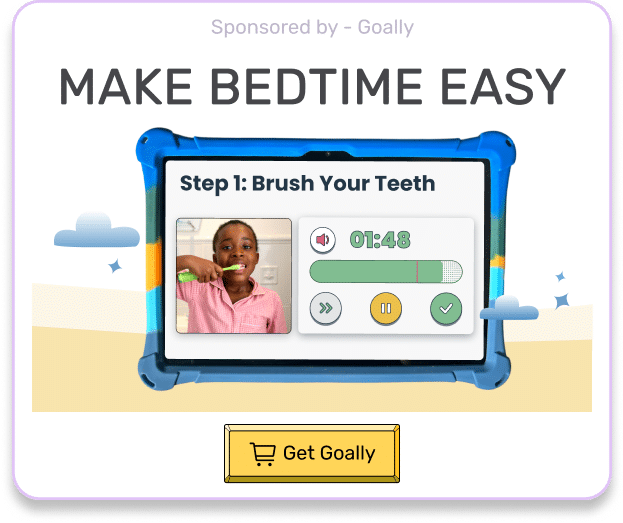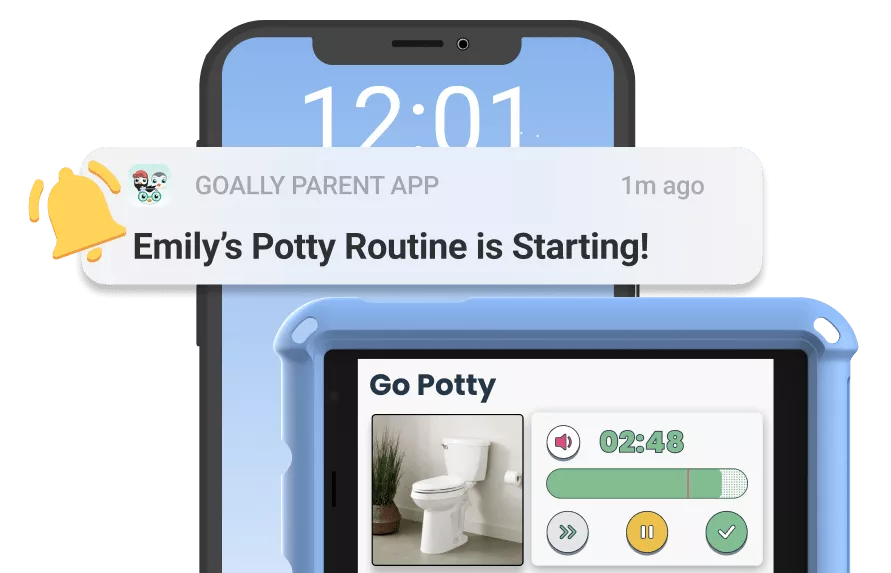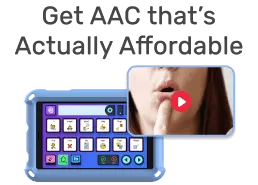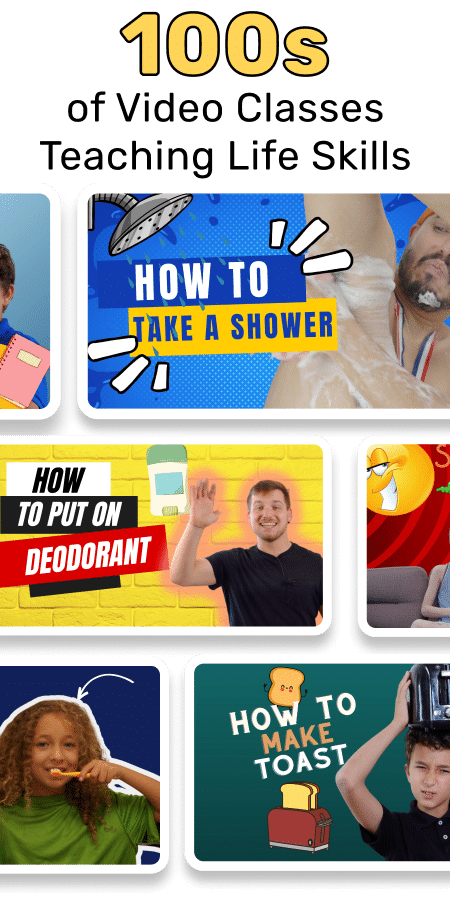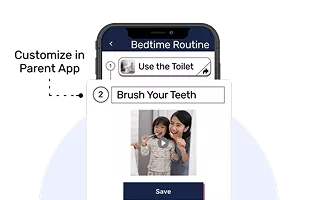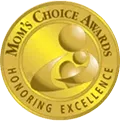You might have heard about ADHD, but do you know what it looks like in young kids, especially 6-year-olds? Let’s clear up the confusion about this neurodivergent condition and help you understand its signs and symptoms. This blog post will explore ADHD in young kids, focusing on the key signs and how they appear in your child’s daily life. By the end, you’ll better understand this condition and be ready to support your child’s unique needs.
Table of Contents

Spotting the Signs: Common Symptoms of ADHD in Young Kids
ADHD, or Attention Deficit Hyperactivity Disorder, is a brain-based condition that affects children and adults. For those of you with little ones at home, ADHD in 6-year-olds can look slightly different than expected. This brain-based condition isn’t one-size-fits-all; it varies from child to child and is deeply influenced by age. If your 6-year-old is in the mix, here’s what ADHD might look like:
- Inattention: This is when your 6 year old has a hard time focusing on tasks or activities for extended periods. It’s one of the common signs of ADHD in 6 year olds.
- Hyperactivity: If you notice your child moving around a lot or fidgeting, even when it’s not appropriate, it could be a sign of ADHD. Hyperactivity in 6 year olds with ADHD is quite common.
- Impulsivity: Another sign of ADHD in 6 year olds is impulsivity. This can look like your child acting without considering the consequences or the feelings of others.
Remember, your child’s experience may not look exactly like another’s. That’s because ADHD symptoms are as unique as the kids themselves. Stick around for more on how to navigate this together, with Goally by our side.
Diving Deeper: Types of ADHD and Their Features
ADHD isn’t the same for everyone. There are three main types, each with its own set of symptoms. Knowing these types can help you better spot ADHD in 6-year-olds:
| Type of ADHD in 6 Year Olds | Key Symptoms |
|---|---|
| Predominantly Inattentive Type | Major issues with attention and focus, such as difficulty following directions, staying organized, or completing tasks without getting distracted. |
| Predominantly Hyperactive-Impulsive Type | High levels of hyperactivity and impulsivity, such as problems with sitting still, waiting for their turn, or controlling their actions. |
| Combined Type | The most common type, encompassing symptoms of both inattention and hyperactivity-impulsivity. Challenges may involve focus, organization, impulse control, and excessive energy. |
It’s important to remember that each child is unique, and their ADHD symptoms may not fit neatly into one of these categories. If you’re concerned about your child’s behavior, consult with a professional who can help determine the most appropriate diagnosis and treatment plan.
Read More: 9 Best ADHD Apps for Kids

Understanding the Effects: How ADHD Touches Daily Life for 6-Year-Olds
ADHD can significantly impact a child’s daily life, from how they do in school to how they get along with others. Here are some common problems faced by kids with ADHD:
- Academic Troubles: Inattention and impulsivity can make it hard for kids to stay on task, follow directions, and finish assignments. This can lead to poor grades and frustration for the child and their teachers.
- Social Challenges: Hyperactivity and impulsivity can make it tough for kids to handle social situations. They may need help to make friends, maintain relationships, or join group activities.
- Emotional Control: Kids with ADHD may have trouble handling their emotions, leading to outbursts, mood swings, or difficulty dealing with stress.
- Executive Functioning: ADHD can affect a child’s ability to plan, organize, and manage time well. This can make everyday tasks like getting dressed or doing chores more difficult.
You’re not in this alone! Keeping a steady, open line of communication with your child’s teachers and caregivers ensures everyone is on the same page, pulling together to help your 6-year-old flourish. With these relationships in place, you’re building a solid team around your child, ready to help them succeed every step of the way.

Helping Your Child: Tips for Parents of Kids With ADHD
As a parent, it’s important to help your child with their unique needs and guide them to success. Here are some tips to think about when parenting a child with ADHD:
- Create Routines: Regular routines can help kids with ADHD manage their time and stay organized. Make daily schedules for things like getting ready for school, doing homework, and going to bed.
- Break Tasks into Smaller Steps: Splitting tasks into smaller, easier steps can make them less overwhelming for kids with ADHD. Give clear directions and offer help as needed.
- Encourage Exercise: Regular physical activity can help improve focus and lower hyperactivity in kids with ADHD. Support your child in joining sports or other activities they enjoy.
- Get Professional Help: A pediatrician, psychologist, or psychiatrist can help figure out if your child has ADHD and suggest the right treatments, like medication or behavior therapy.
Remember that patience and understanding are key when supporting your child with ADHD. Celebrate their successes and provide encouragement when they face challenges. Your child can overcome obstacles and reach their full potential with the right strategies and support.
Try Goally For Your Child With ADHD
Goally helps kids with ADHD stay focused and build skills. Unlike a Kindle or an iPad that kids get easily distracted on, Goally has no YouTube, no social media, no web browser, and especially no ads.
Goally uses game play as a points-based motivator for your kiddo with ADHD and helps them learn emotional regulation skills. It’s simple to set up and has an expert-informed design.
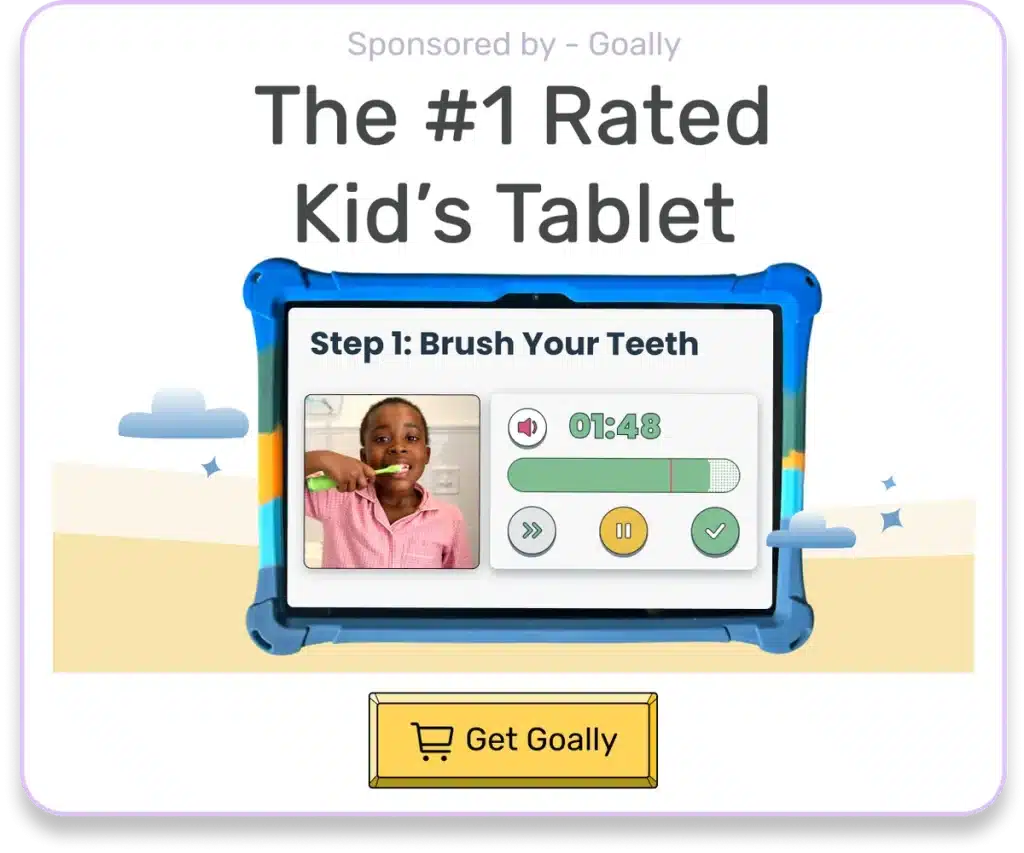
Embracing Your Child’s Unique Path
Understanding what ADHD in 6-year-olds looks like is the first step in helping your child. By spotting the signs and symptoms, you can better stand up for your child and give them the support they need to do well. Remember that every child’s path is different. With patience, understanding, and the right strategies, your neurodivergent kid can overcome challenges and reach their full potential.
FAQs About ADHD in 6-Year-Olds
What are the common symptoms of ADHD in 6-year-olds? Common symptoms include inattention, hyperactivity, and impulsivity. This may cause trouble focusing, excessive movement, or acting without considering consequences.
How can visual schedules help 6-year-olds with ADHD? Visual schedules can aid in organizing a child's day, providing clear expectations, and reducing anxiety, which can be particularly beneficial for children with ADHD.
What role can emotional regulation apps play for 6-year-olds with ADHD? Emotional regulation apps can help children with ADHD identify, understand, and manage their emotions effectively, improving their overall behavior and social interactions.
How can rewards help manage ADHD in 6-year-olds? Rewards can motivate kids with ADHD to change their behaviors, reinforcing positive habits and helping them manage symptoms more effectively.
Can open communication with teachers help 6-year-olds with ADHD? Absolutely; open communication with teachers ensures everyone is aligned in supporting the child's needs, fostering a more conducive environment for their learning and development.
This post was originally published on 04/25/2023. It was updated on 06/11/2023.

Goally
We help parents teach their kids life skills, like doing bedtime and morning independently. Backed by science, we incorporate evidence-based practices and expert-informed designs in all of our apps and content.

